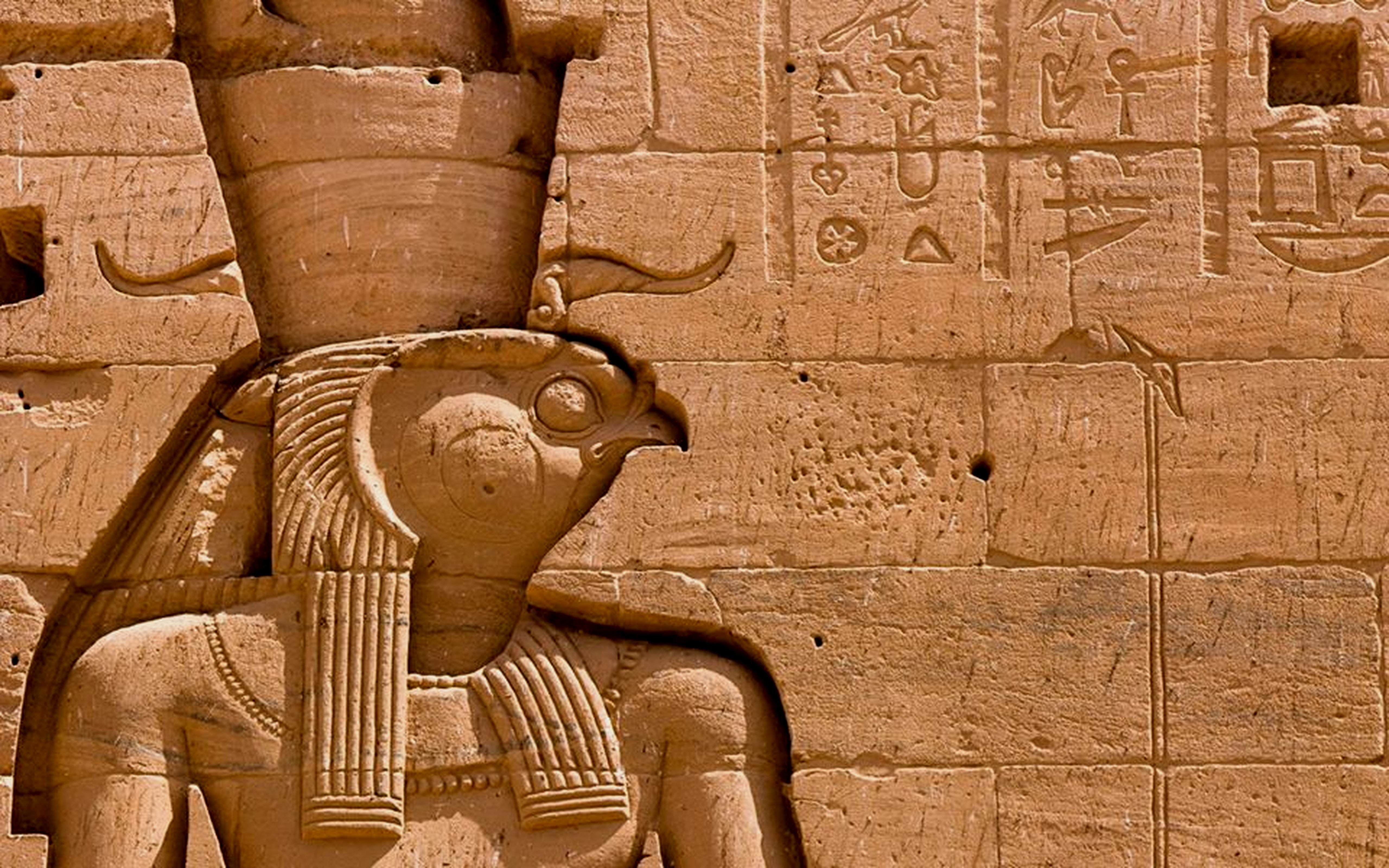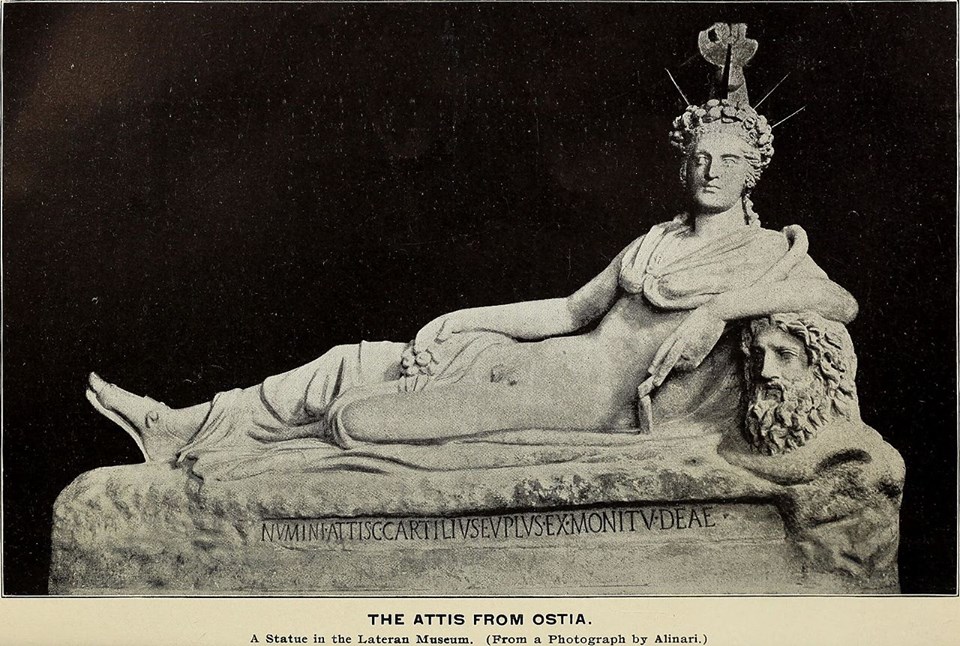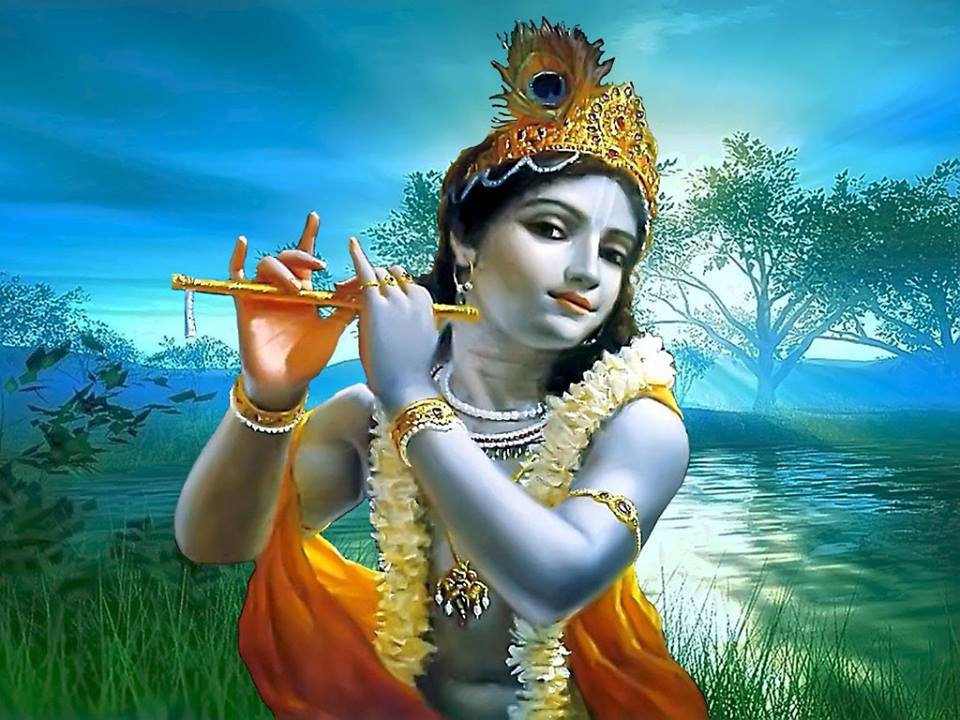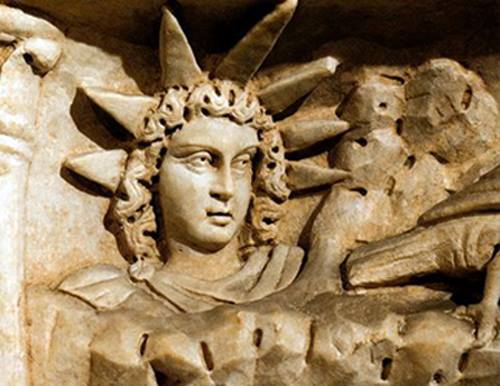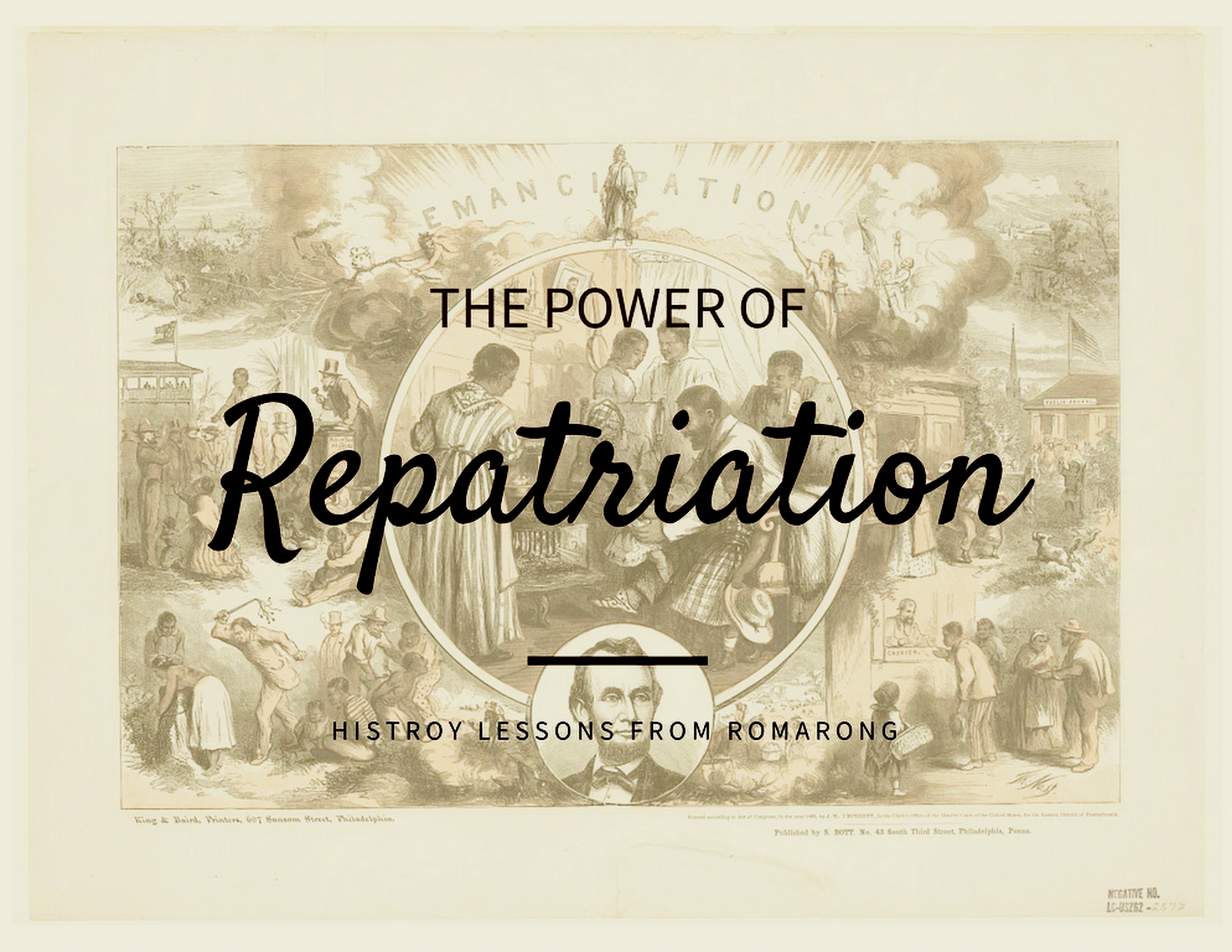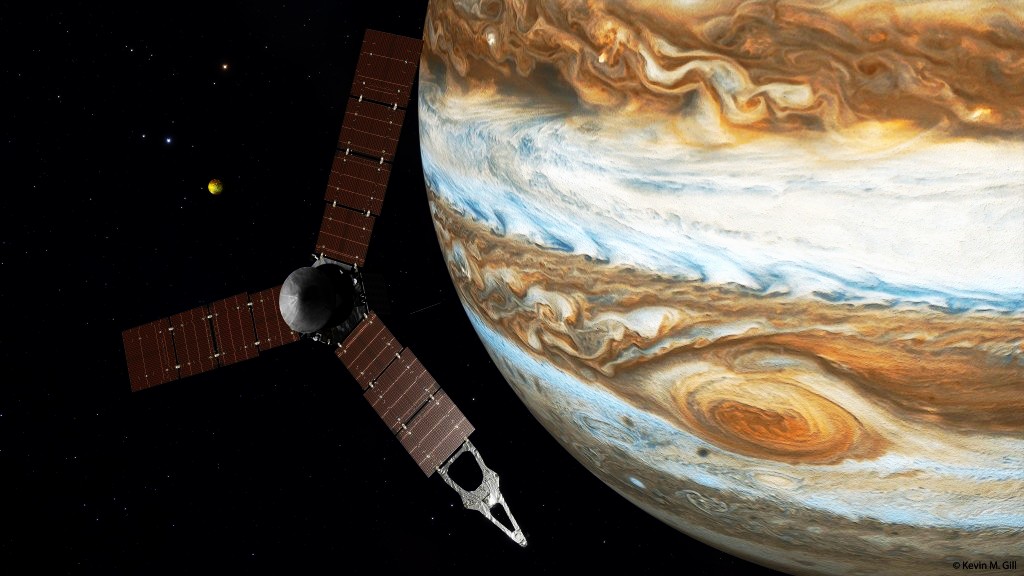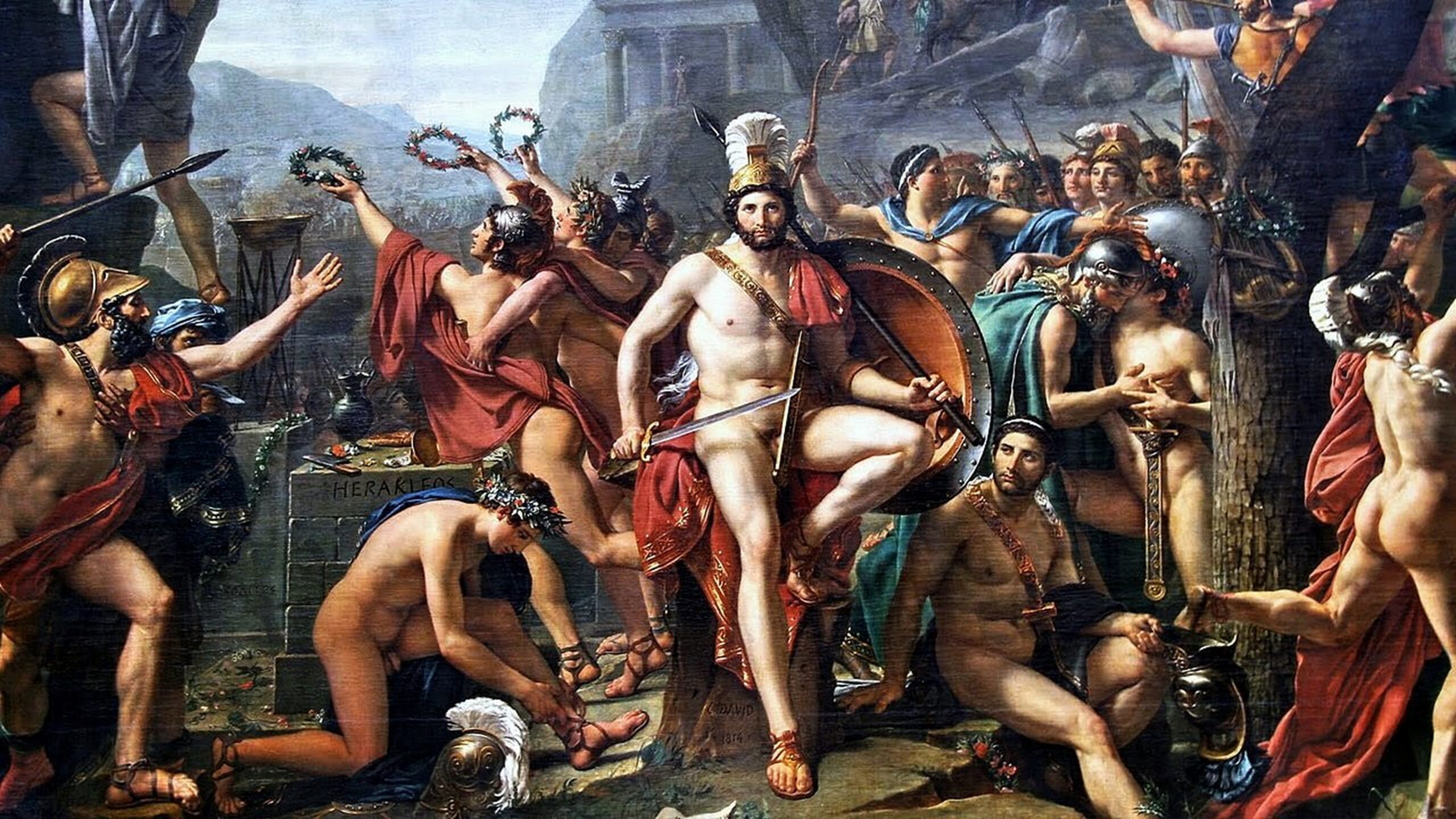In 3000 BC, Egyptians believed in a mystical character. His name was Horus. They thought a virgin named Mary gave birth to him on December 25. According to 3000 BC Egyptian fables, a star in the east symbolized the birth of Horus. They said three wise kings came to adore him immediately after his mother gave birth to him. At the age of twelve, Horus was a child teacher, and Anub baptized him at the age of thirty. At that time, Horus began preaching his message. They believed twelve disciples followed him as he healed the sick. Horus was known as the Son of God, the Anointed, the Light, the Truth, and even the “Good Shepherd.” Typhoon betrayed Horus, and then he got crucified. After three days, Horus was resurrected from the dead.
Various Messiahs
In 1200 BC, Greeks believed in a mystical character named Attis Phrygia, born of the virgin Nana on December 25. According to 1200 BC Greek parables, Attis gets crucified, and his body is placed in a tomb, but he is resurrected from the dead on the third day.
900 BC, Some in India believed in a mystical character named Krishna who was born of the virgin mother Devaki with the star in the east signaling his birth. He performed miracles with his disciples and was resurrected on the third day after his death.
500 BC, Greeks believed in a mystical character named Dionysus, who was born of a virgin on December 25. He was a traveling preacher who performed miracles, such as turning water into wine. People referred to Dionysus as the “God of Wine,” “the only begotten son,” the “Alpha and Omega,” or “King of Kings.” And according to their belief, he was resurrected from the dead on the third day.
1200 BC, Persians believed in Mithra, who was born of a virgin on December 25. Mithra had twelve disciples and performed miracles. When he died, they buried him, but they said Mithra was resurrected from the grave three days later. Mithra’s sacred day of worship was Sunday, and his followers referred to him as the Truth and the Light.*
